Low-fat cheeses: what they are and where to buy them online
Low-fat cheeses are defined as all those products that have less than 200 calories per 100 g; products that exceed 300 calories are not counted among low-fat cheeses.
Usually, cheeses with less fat are fresh and unripened; on the contrary, very ripened or medium ripened cheeses tend to be higher in calories.
In this article, we explore the universe of low-fat cheeses together, outlining their calories and nutrients. If you want to find out which cheese to include in your diet and where to find it online, continue reading this informative guide!
What are low-fat cheeses?
We mentioned that low-fat diet cheeses are mostly fresh products; however, some mature cheeses are also introduced into diets. This is due to their more efficient nutrient supply for energy needs.
On the other hand, some fresh cheeses can also provide a lot of calories, buffalo mozzarella being one example; therefore, if you want to choose the right cheeses to stay in shape, don't get confused.
To be precise, when looking at whether or not a cheese can be defined as light, one must inquire about the percentage of the fat substance; whereas, very often one only has to check the entire calorie amount.
Low-fat cheeses should not exceed 20 % fat in dry matter. While semi-fat cheeses stay between 20 % and 42 %.
Let's see which cheeses have less fat and those with an average fat content.
- Flakes of milk: 4.5 g fat per 100 g
- Cow's ricotta: 8 g. of fat per 100g
- Philadelphia: 11 g. of fat per 100g
- Mozzarella light:17 g. of fat per 100g
- Fresh goat cheese: 18 g. of fat per 100g
- Mozzarella cheese: 20 g. of fat per 100 g
- Feta cheese: 20 g. of fat per 100 g
- Mozzarella di Bufala: 25 g. of fat per 100 g
- Stracchino: 25 g. fat per 100 g
- Parmesan: 26 g. of fat per 100g
- Fontina: 27 g. of fat per 100g
- Provolone: 27 g. of fat per 100g
- Gorgonzola: 28 g. of fat per 100g
- Caciocavallo: 31 g. of fat per 100g
- Emmental: 31 g. of fat per 100g
Which anti-cholesterol low-fat cheeses are most recommended?
Cheeses with less fat are usually included in diets, but even mature cheeses should not be excluded, as long as they are consumed in moderation.
One of the characteristics taken into account is the cholesterol content. There are in fact many cheeses that are rich in cholesterol and do the body no good service, while among low-fat cheeses there are many that are cholesterol-reducing.
This does not mean that cholesterol is totally absent, but is present in very small amounts that are not harmful to the body. It should be pointed out, on the other hand, that cheeses with a high cholesterol content do, however, contain many nutrients, so they should not be excluded from the table.
The secret is to eat them in moderation. Having made this clarification, let's delve into which cheeses are the lowest in cholesterol.
Low-fat cheeses that contain less saturated fat and less cholesterol are mainly products made from goat's milk; although it depends a lot on how the cheese is processed.
Goat's milk has a fat composition that makes it more digestible and lighter than cow's or sheep's milk. This is due to the smaller size of its fat globules; which are more easily broken down by lipases.
Recent scientific studies have been able to show that the goats' short-chain fatty acids inhibit the accumulation of cholesterol. Therefore, we can say that those who consume goat's cheese incur less risk of having high cholesterol.
Among cow's milk cheeses, those considered anti-cholesterol are identified with the leaner products and are:
- ricotta
- crescenza cheese
- flakes of milk
- feta (even better if goat's cheese)
Usually, however, the cholesterol content in 100 g of these cheeses remains around 50 g; certainly less than in higher-fat cheeses, but still to be kept under control.
What are the right cheese doses per week?
According to nutritionists and some scientific studies, the optimal weekly intake of cheese is between 150 and 200 grams. It is recommended to divide the servings into three weekly portions, making sure to take 50 g of fatty and 100 g of low-fat cheeses.
Consuming cheese and dairy products in general, according to experts, is important to ensure a minimum coverage of 43 per cent of the calcium requirement in menopausal and adolescent women. While the same doses can ensure 60% coverage of requirements in an adult male or an adult woman under 50. In addition, eating at least three servings of cheese per week can ensure at least half of the average riboflavin requirement.
Where to buy low-fat cheese online?
Want to find great low-fat cheeses at a good price? Search our store, you will find excellent Roccaverano DOP Robiola cheese for only 7.99 Euro; our flavoured goat cheeses for only 13, 50 or our Torretta Marzotica ricotta for only 6, 89 Euro!
Hurry up and place your order, delivery will take only three days! All our products are sealed and maintained with the utmost care to ensure good preservation.
Want to stay up-to-date on all our products? Keep following our blog
Until next time!


 Italiano (IT)
Italiano (IT)  Deutsch (DE)
Deutsch (DE)  Français (FR)
Français (FR)  Español (ES)
Español (ES)  Polish (PL)
Polish (PL) 
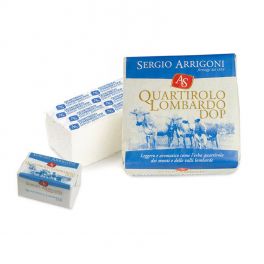
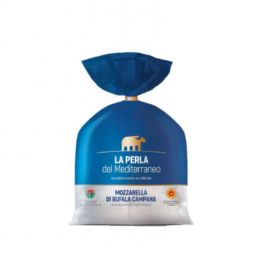

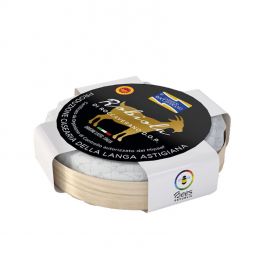
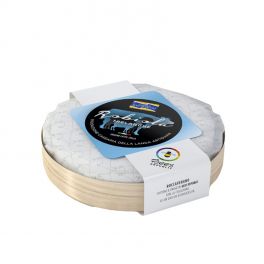
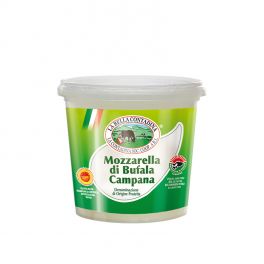

Share on: